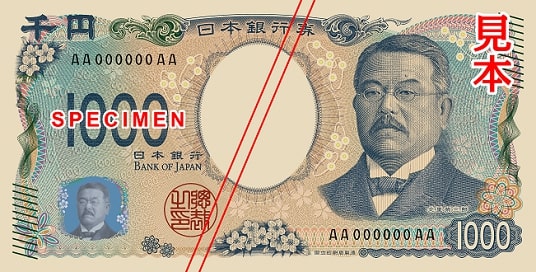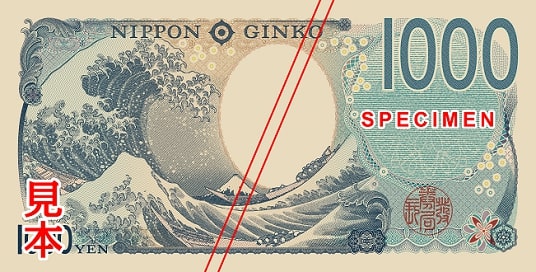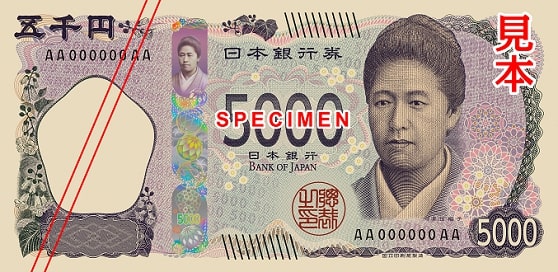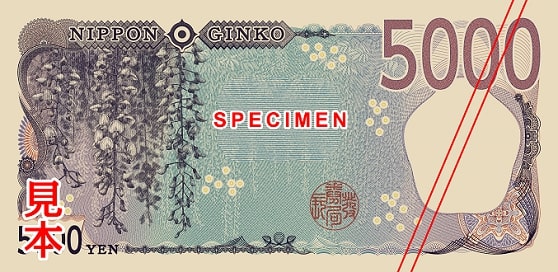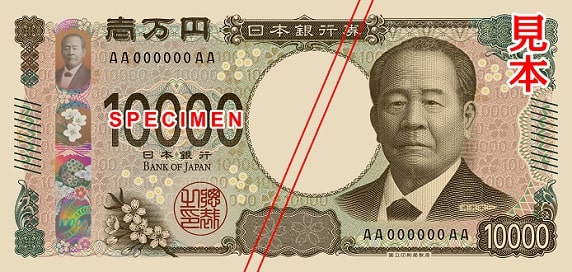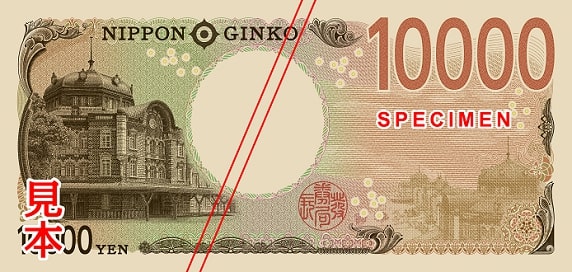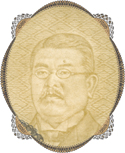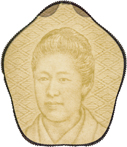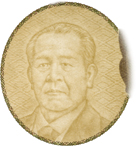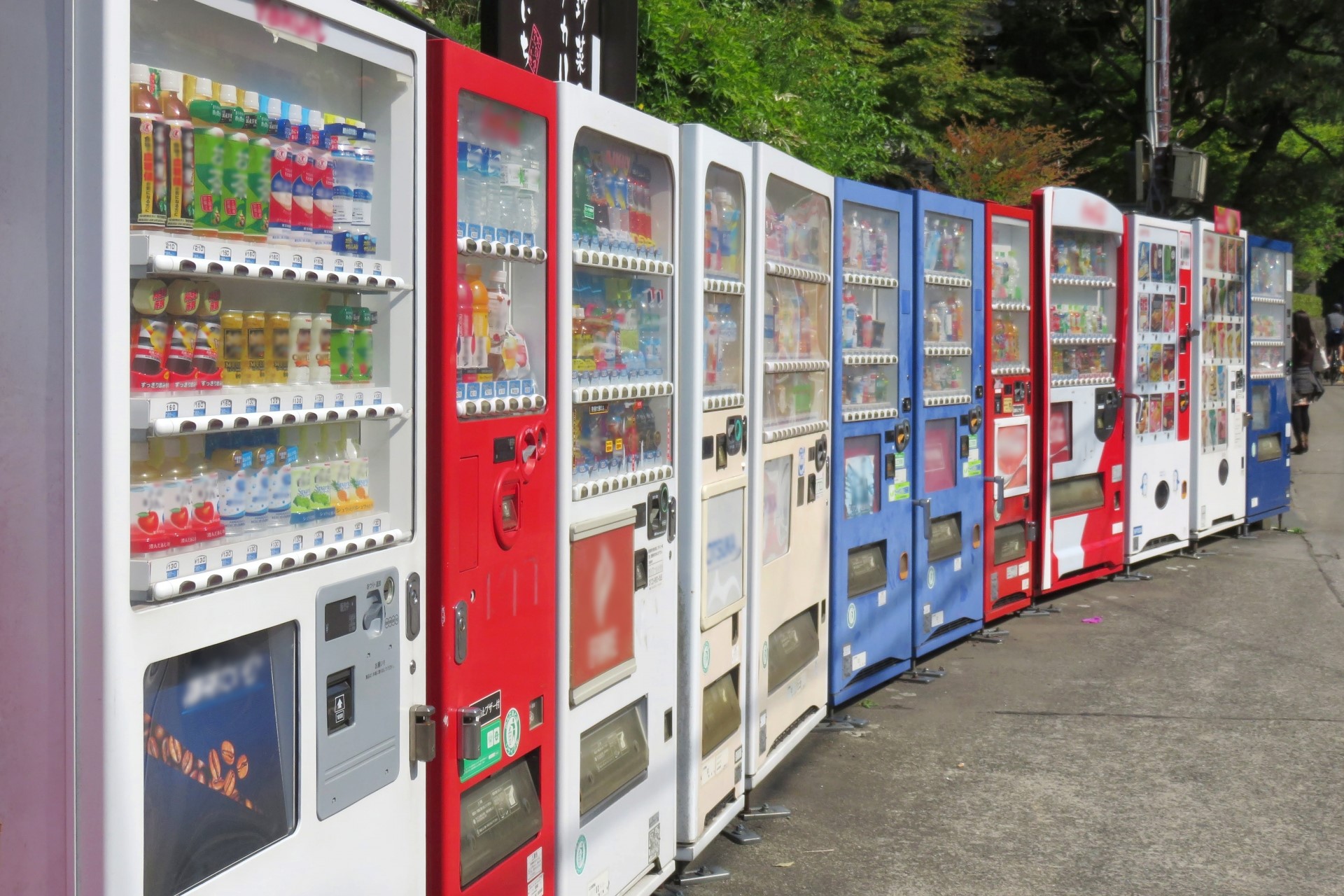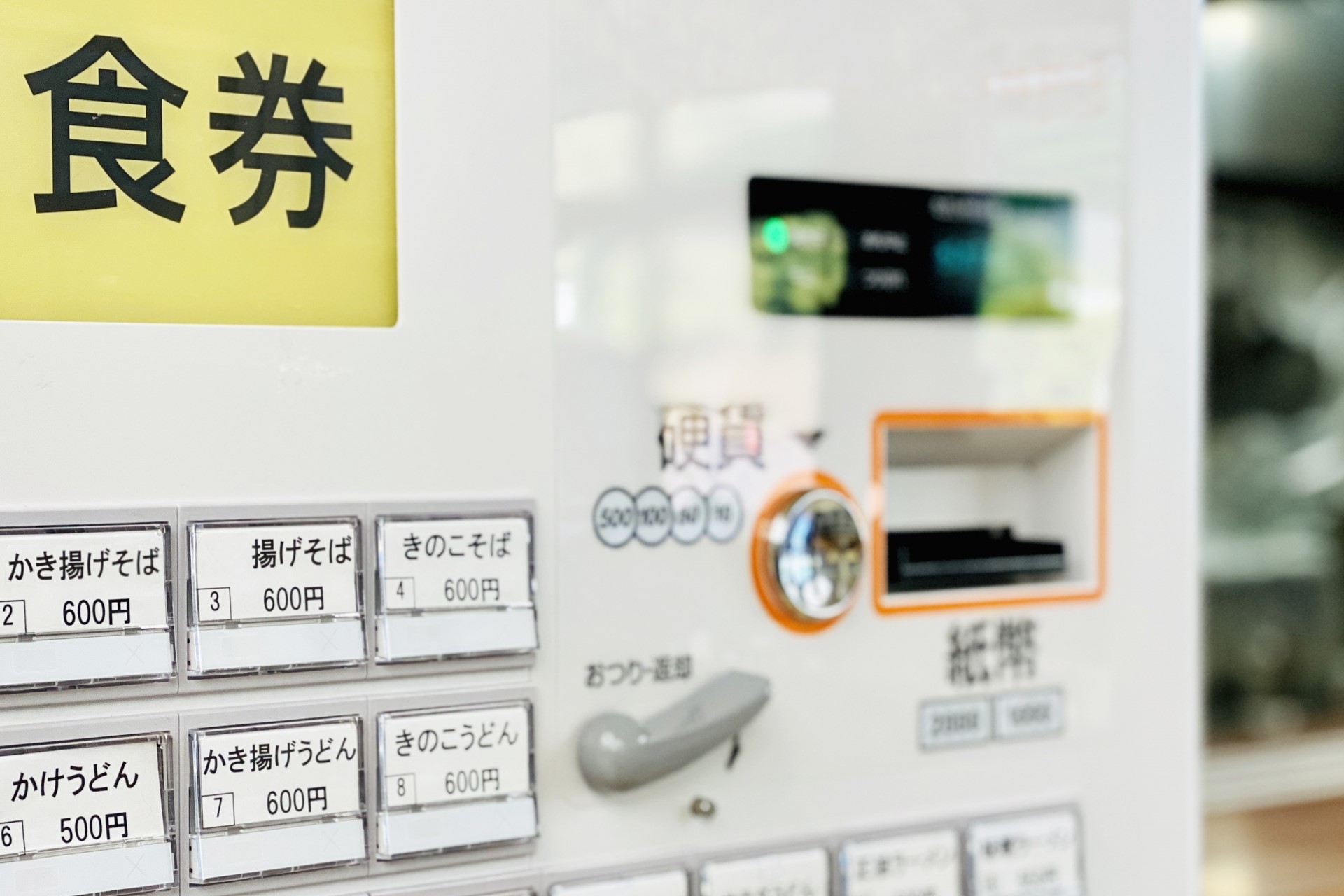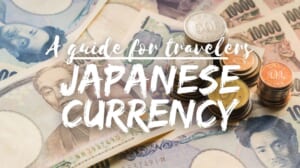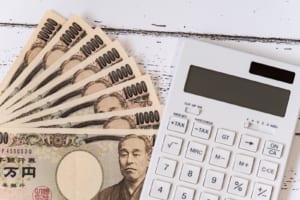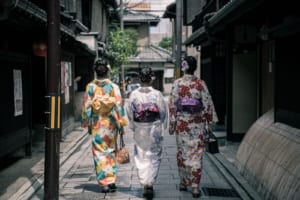New Japanese Banknotes
Japan's New 2024 Banknotes Unveiled
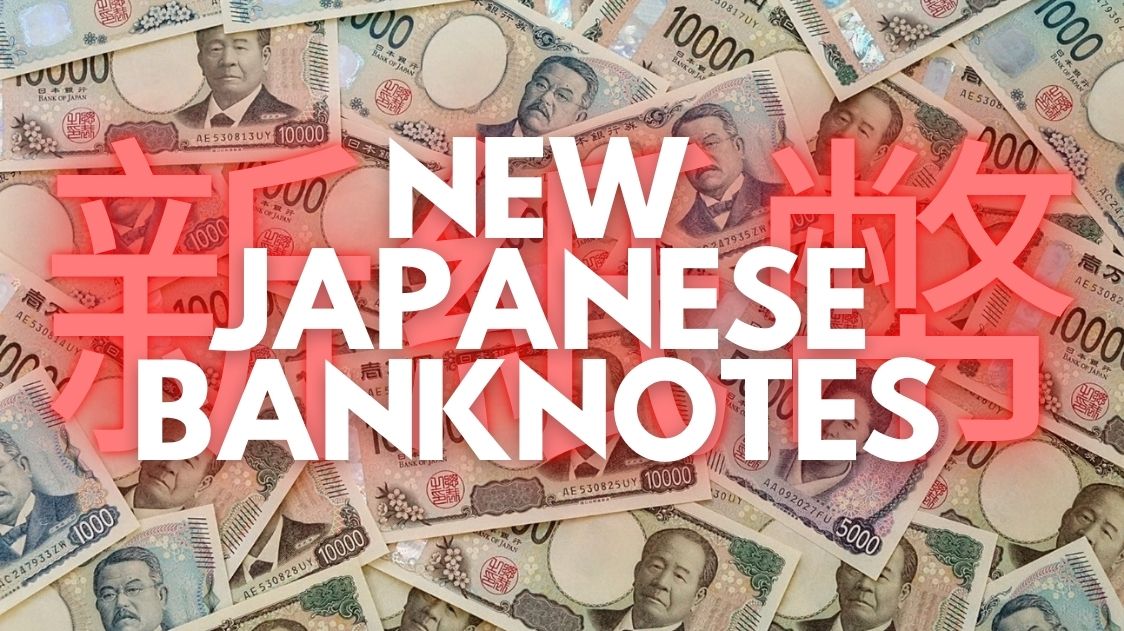
On July 3rd, 2024, Japan rolled out new banknotes for the first time in 20 years, updating the 1,000 yen, 5,000 yen, and 10,000 yen bills with fresh designs and security features that implement state-of-the-art advancements in anti-counterfeiting technology: advanced watermarks, microprinting, and 3D holograms making these banknotes some of the most secure in the world! Additionally, the new notes incorporate universal design elements to make them more accessible to all users, including the visually impaired and the elderly.
Keep reading for all you need to know about the newly minted Japanese banknotes!
For a general overview about Japanese currency, check our dedicated guide: Japanese Currency: A Guide for Travelers
Design and Features of the New Banknotes
Besides the advanced security features, these redesigned banknotes highlight culturally relevant national symbols and historical figures chosen to honor their contributions to Japanese modern society:
1,000 Yen Note
- Front: The new 1,000 yen note features the portrait of Shibasaburo Kitasato, a prominent bacteriologist who made significant contributions to medical science, including the discovery of the bacterium responsible for tetanus. His inclusion on the banknote honors his pivotal role in advancing medical research around the world, not just in Japan.
- Back: The reverse side of the 1,000 yen note showcases “The Great Wave off Kanagawa,” one of the most famous woodblock prints by Katsushika Hokusai. This iconic artwork is part of Hokusai’s series “Thirty-Six Views of Mount Fuji” and is one of the greatest Japanese cultural icons.
5,000 Yen Note
- Front: The 5,000 yen note now features Umeko Tsuda, an educator and a pioneer in women’s education in Japan. Tsuda dedicated her life to improving women’s access to higher education, founding Tsuda University, which continues to empower women today. Her presence on the banknote highlights the importance of education and gender equality in Japan’s development.
- Back: The reverse side is adorned with an illustration of wisteria flowers, a plant that holds cultural significance in Japan, as it’s often associated with beauty and elegance, symbolizing the natural beauty of Japan.
10,000 Yen Note
- Front: The portrait of Eiichi Shibusawa graces the 10,000 yen note. Shibusawa is celebrated as the father of Japanese capitalism, having founded numerous businesses and contributed to the modernization of Japan’s economy during the Meiji era. His legacy as a pioneer in the business world is aptly honored on the highest denomination note.
- Back: The back of the 10,000 yen note features the Marunouchi building of Tokyo Station. This historic building, with its red brick facade, represents the blend of tradition and modernity in Japan’s architecture and serves as a landmark of Tokyo’s economic hub.
Main Security Features
To combat counterfeiting, the new banknotes are equipped with several innovative security features:
- Watermarks and Microprinting: High-resolution watermarks that are visible when held up to light, with intricate patterns and the portraits of the aforementioned historical figures. Microprinting adds another layer of security with tiny, precise text that is difficult to replicate.
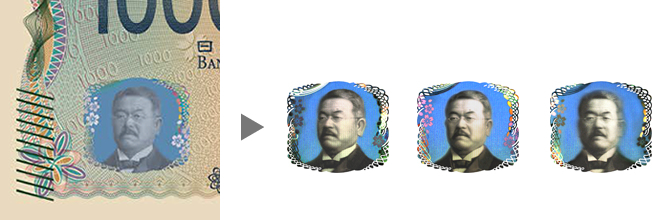
- 3D Holograms: A new feature in these banknotes is the use of advanced 3D holograms with images that appear to move or change when viewed from different angles, making them extremely challenging to counterfeit. This technology is particularly prominent on the 10,000 yen note.
- Intaglio Printing: This printing technique consists in engraving the paper to create raised surfaces that are easy to feel. Besides the enhanced security, it also aids the visually impaired in distinguishing between different denominations.
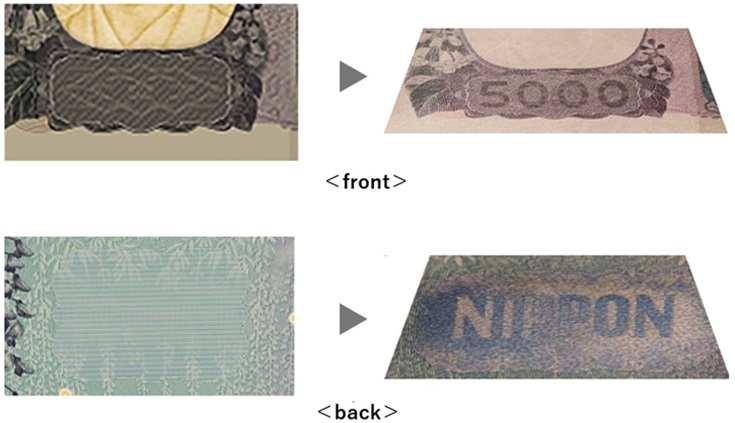
- Color-shifting Ink: The ink used for certain elements on the banknotes changes colors or shows hidden text when viewed from different angles or under ultraviolet light, for another layer of complexity for counterfeiters to overcome.
Accessibility Enhancements
The new banknotes have been designed with universal accessibility in mind, to make them easier to use for all people, including those with visual impairments:
- Tactile Marks: Each denomination features unique tactile marks to help the visually impaired distinguish between different notes by touch. The 1,000 yen note has marks on the left and right edges, the 5,000 yen note has them in the center top and bottom, and the 10,000 yen note includes them in the center on both sides.
- Large Numerals: The numerals on the new banknotes are larger and more prominently displayed, using Arabic numerals that are universally recognized. This makes it easier for all users, including the elderly and those from different countries, to identify the value of the notes.
Practical Implications for Users
Since the date of rollout at the beginning of July, the new 1,000 yen, 5,000 yen, and 10,000 yen notes have been issued across the country. It was announced that over 90% of ATMs were upgraded to handle the new currency. However, existing notes are not immediately replaced and are still 100% valid so there’s no need to run to your nearest ATM nor deal with your local bank to exchange your old notes.
In fact, you may want to wait before you can use the shiny new notes on vending machines! Local businesses, especially those that handle large amounts of cash, are not rushing to prepare for the new banknotes despite the security improvements. For them, it means replacing very expensive machines that cannot be updated and a large investment that’s a hassle for small businesses that operate with thinner margins. In a similar way, don’t expect street vending machines to be updated too quickly, so there’s still a comfortable margin for the old notes.
Have you found these new notes yet? The contrast between being a still a society highly reliant on paper money for daily operations and yet emplying cutting-edge technology to innovate banknotes is definitely an interesting one.
For more practical guides or information about traveling in Japan, check these articles below, too!
▼Editor’s Picks▼
Written by
Photographer, journalist, and avid urban cyclist, making sense of Japan since 2017. I was born in Caracas and lived for 14 years in Barcelona before moving to Tokyo. Currently working towards my goal of visiting every prefecture in Japan, I hope to share with readers the everlasting joy of discovery and the neverending urge to keep exploring.





